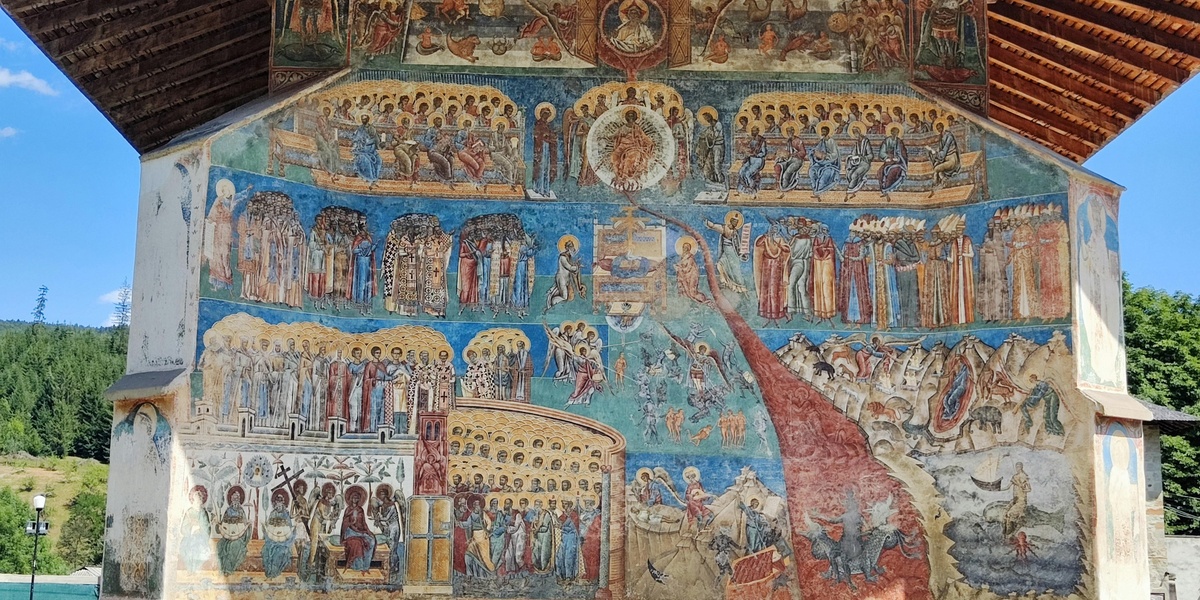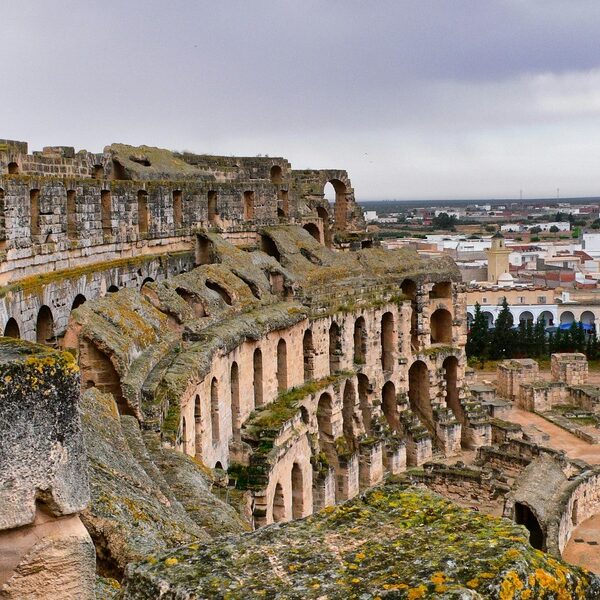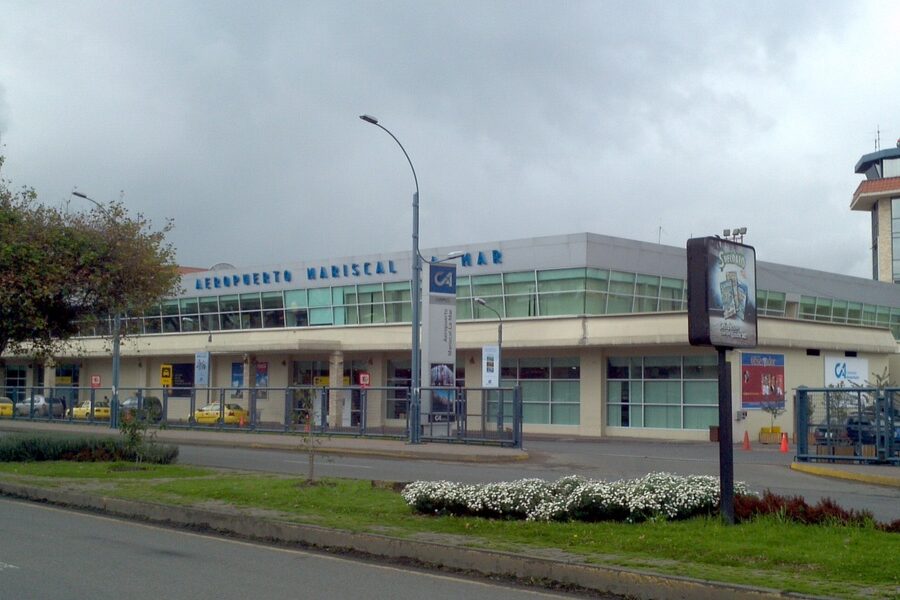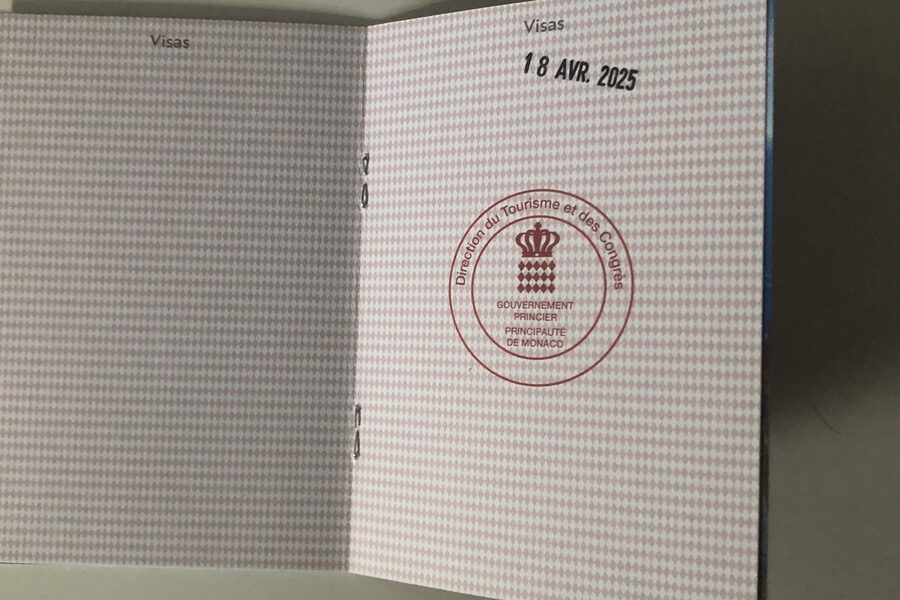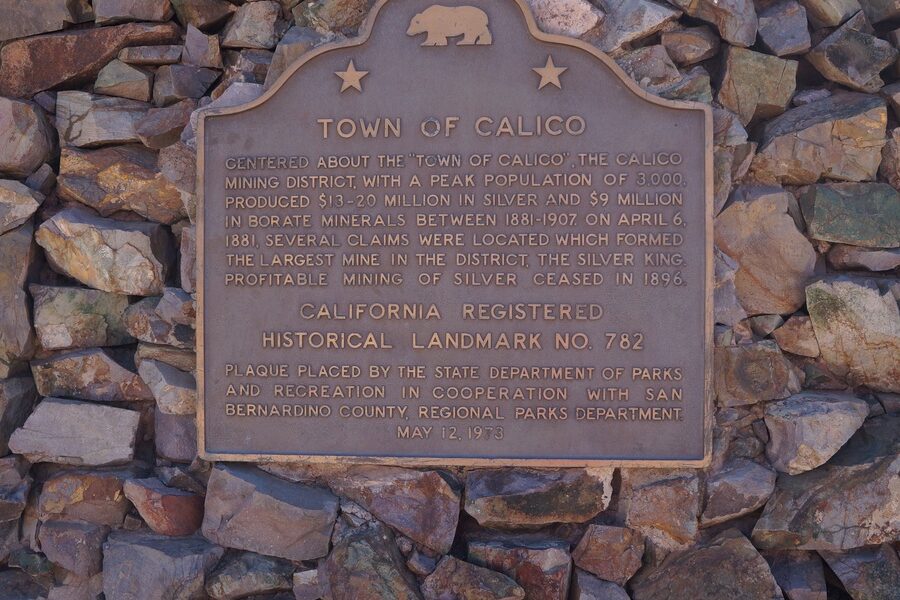Romania’s mix of Carpathian mountains, painted monasteries and rural wooden architecture tells a layered story of nature and culture. Many of its most notable places are protected for their global value, from primeval forests to centuries-old churches, and they offer a compact way to explore European heritage without long distances between highlights.
There are 8 World Heritage Sites in Romania, ranging from Ancient and Primeval Beech Forests of the Carpathians and Other Regions of Europe to Wooden Churches of Maramureș. For each site I list key facts in the columns Location, Inscription year, UNESCO criteria so you can compare where and why each site was recognized — you’ll find below.
How are sites in Romania chosen for UNESCO designation?
UNESCO listings follow a national nomination reviewed against ten criteria that cover cultural and natural significance; Romanian authorities prepare a dossier showing authenticity, integrity and management plans, and advisory bodies evaluate it before the World Heritage Committee decides.
How should I plan visiting these sites efficiently?
Group sites by region, check seasonal access (some rural churches and forest trails close in winter), book local guides when available, and allow time for conservation rules and travel between dispersed locations so visits are respectful and manageable.
World Heritage Sites in Romania
| Name | Location | Inscription year | UNESCO criteria |
|---|---|---|---|
| Danube Delta | Tulcea County, Dobrogea | 1991 | vii,ix,x Natural |
| Painted Churches of Northern Moldavia | Suceava and Iași counties, northern Moldavia | 1993 | iii,iv Cultural |
| Monastery of Horezu | Horezu, Vâlcea County, Oltenia | 1993 | ii,iv Cultural |
| Villages with Fortified Churches in Transylvania | Transylvania (Sibiu, Brașov, Mureș counties) | 1993 | iv Cultural |
| Wooden Churches of Maramureș | Maramureș County, northern Romania | 1999 | iv Cultural |
| Dacian Fortresses of the Orăștie Mountains | Hunedoara County, Orăștie Mountains, Transylvania | 1999 | iii,iv Cultural |
| Historic Centre of Sighișoara | Sighișoara, Mureș County, Transylvania | 1999 | iv Cultural |
| Ancient and Primeval Beech Forests of the Carpathians and Other Regions of Europe | Carpathians (Rodnei, Retezat etc.), various counties | 2007 | ix,x Natural |
Images and Descriptions
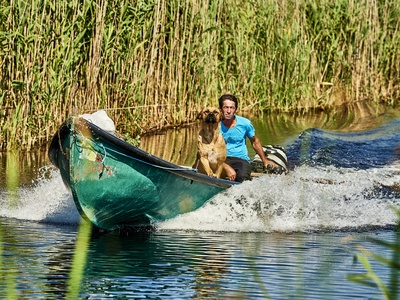
Danube Delta
Europe’s second-largest and best-preserved river delta, rich in wetlands, birdlife and floating reed islands. Popular for boat tours, birdwatching and fishing; access from Tulcea. Expect seasonal flooding and guided-boat or kayak trips to reach core areas.
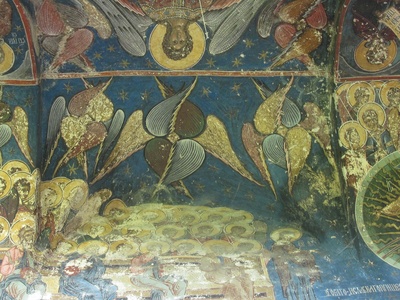
Painted Churches of Northern Moldavia
Eleven 15th–16th-century Orthodox churches famed for vivid exterior frescoes depicting biblical scenes. Located in northern Moldavia villages; outstanding examples of Byzantine-influenced art. Visit during warmer months; modest dress requested and check opening times — some are remote with limited facilities.
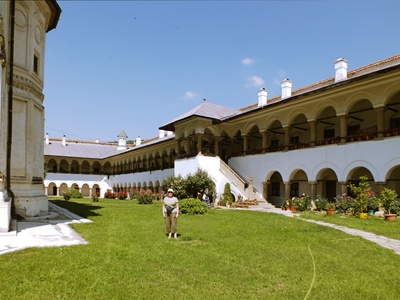
Monastery of Horezu
Late 17th-century Horezu Monastery exemplifies Romanian Brâncovenesc architecture with ornate stone and wood carvings and painted interiors. Still a functioning monastery near Horezu town; popular for cultural visitors. Guided tours available and combine with nearby ceramics workshops.
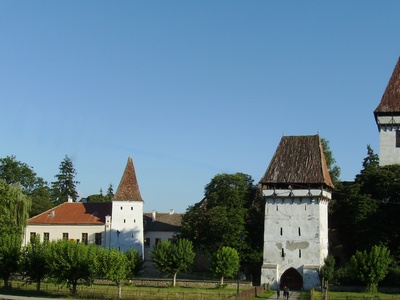
Villages with Fortified Churches in Transylvania
Clusters of Saxon villages with fortified Gothic churches and defensive walls, reflecting medieval rural life and community defense. Scattered across Transylvania (e.g., Biertan, Prejmer). Ideal for driving tours; many villages retain historic houses and local guesthouses for overnight stays.
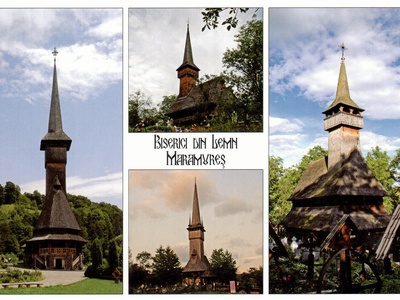
Wooden Churches of Maramureș
Iconic 17th–19th-century tall timber churches with shingled roofs, showcasing carpentry skills and rural Orthodox traditions in Maramureș. Many are set in picturesque villages with local ceremonies. Wear respectful clothing and ask before photographing services; combine with folk craft visits.
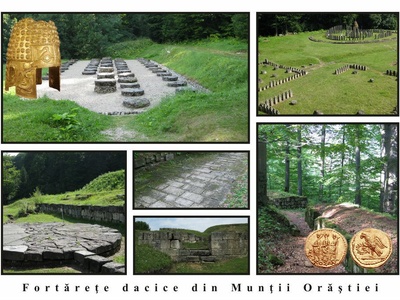
Dacian Fortresses of the Orăștie Mountains
Six fortified Dacian sites on mountain ridges revealing pre-Roman defensive architecture, terraces and sacred areas tied to ancient Dacian civilization. Near Hunedoara region; hiking access to ruins and interpretive panels. Allow time for rugged trails and panoramic views.
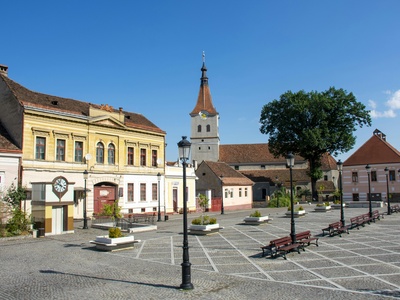
Historic Centre of Sighișoara
Well-preserved medieval fortified town with colorful towers, cobbled streets and a UNESCO-listed citadel. Birthplace of Vlad the Impaler; lively squares and museums attract visitors. Best explored on foot; steep streets and summer festivals add charm.
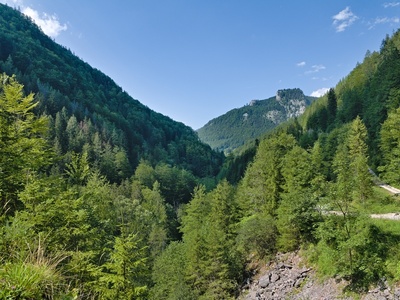
Ancient and Primeval Beech Forests of the Carpathians and Other Regions of Europe
Serial transnational property protecting old-growth beech forests in Romania’s Carpathians, showcasing natural forest dynamics and biodiversity. Good for hiking and wildlife watching; many stands are remote and require respect for protected zones and guided access in strict reserves.

